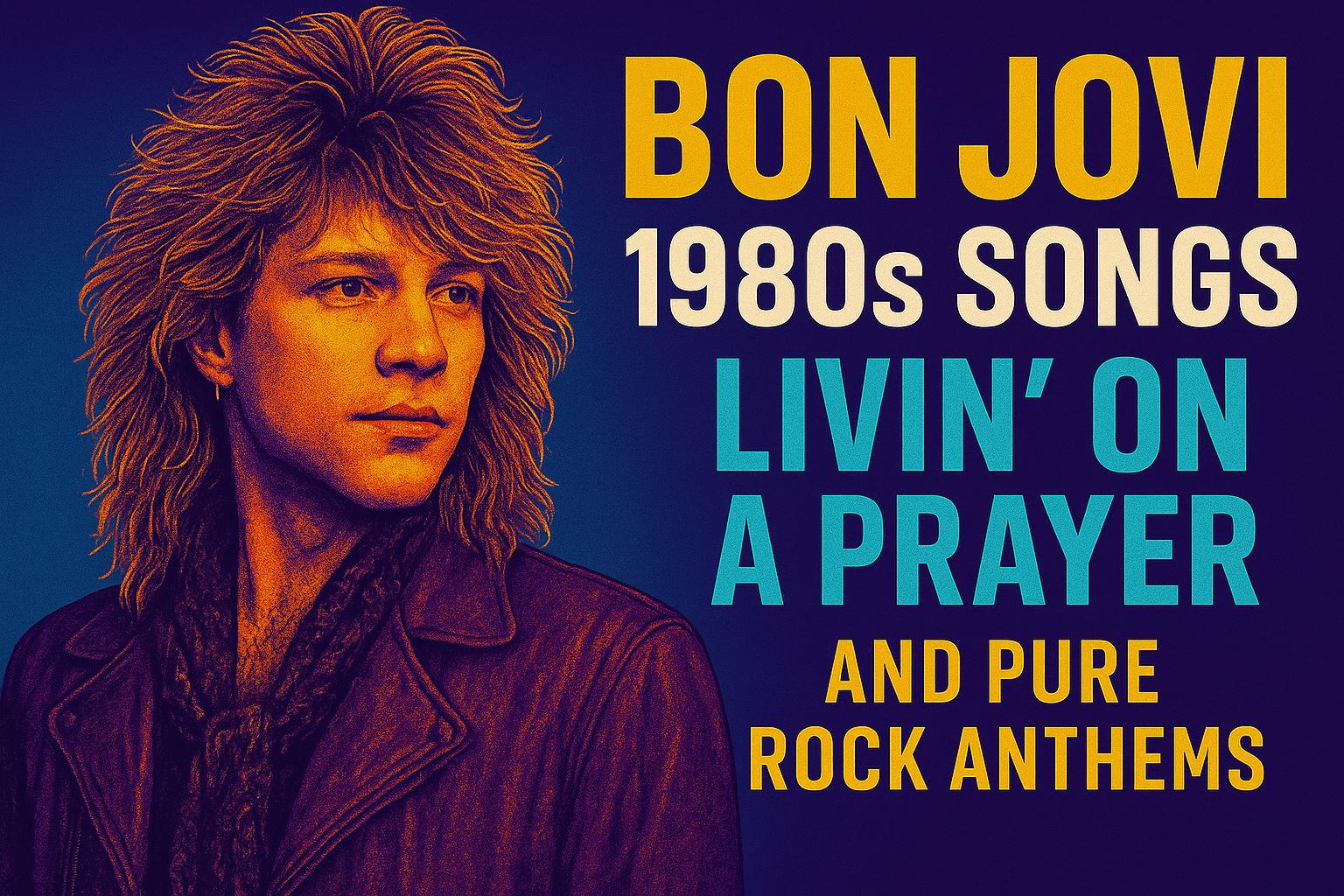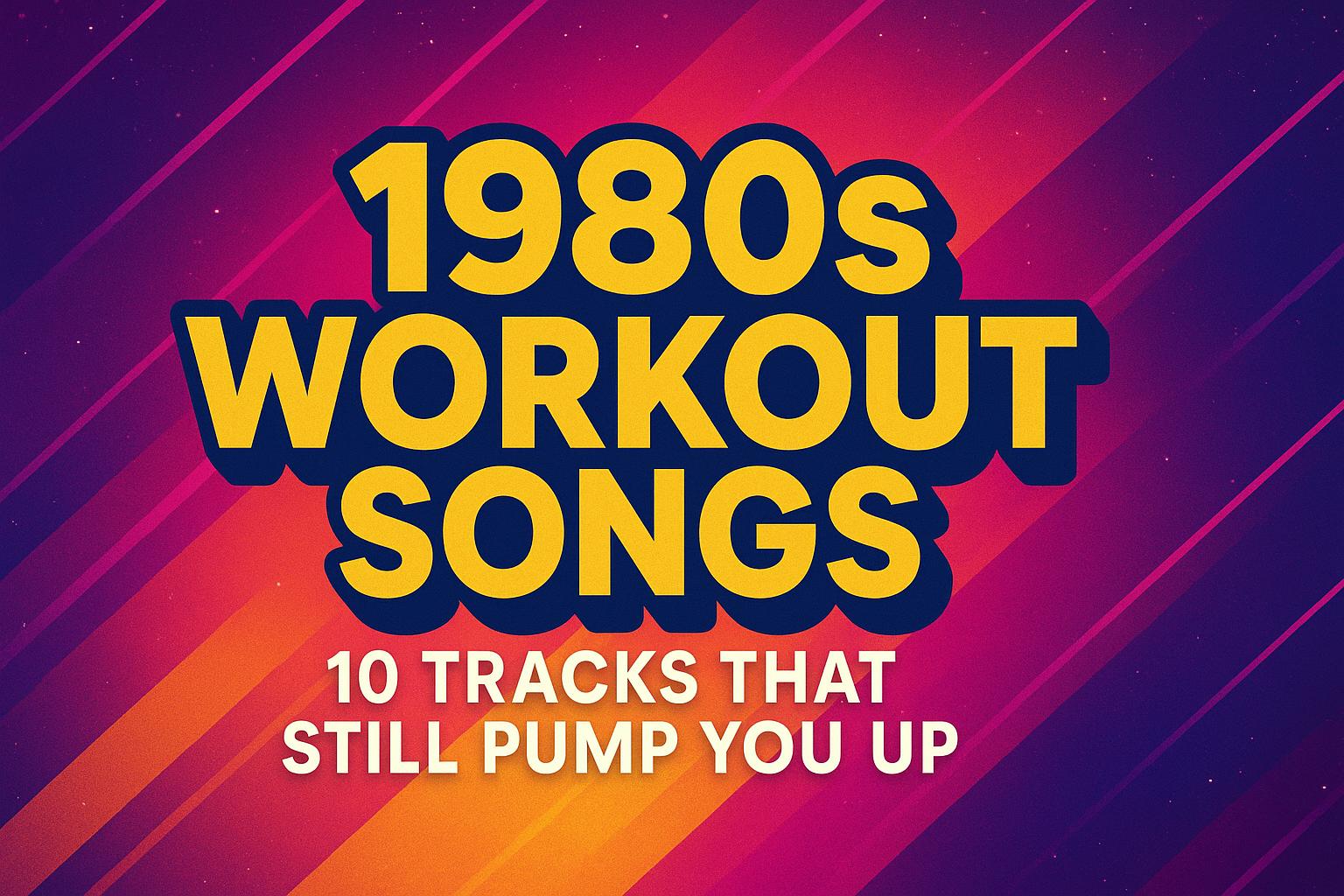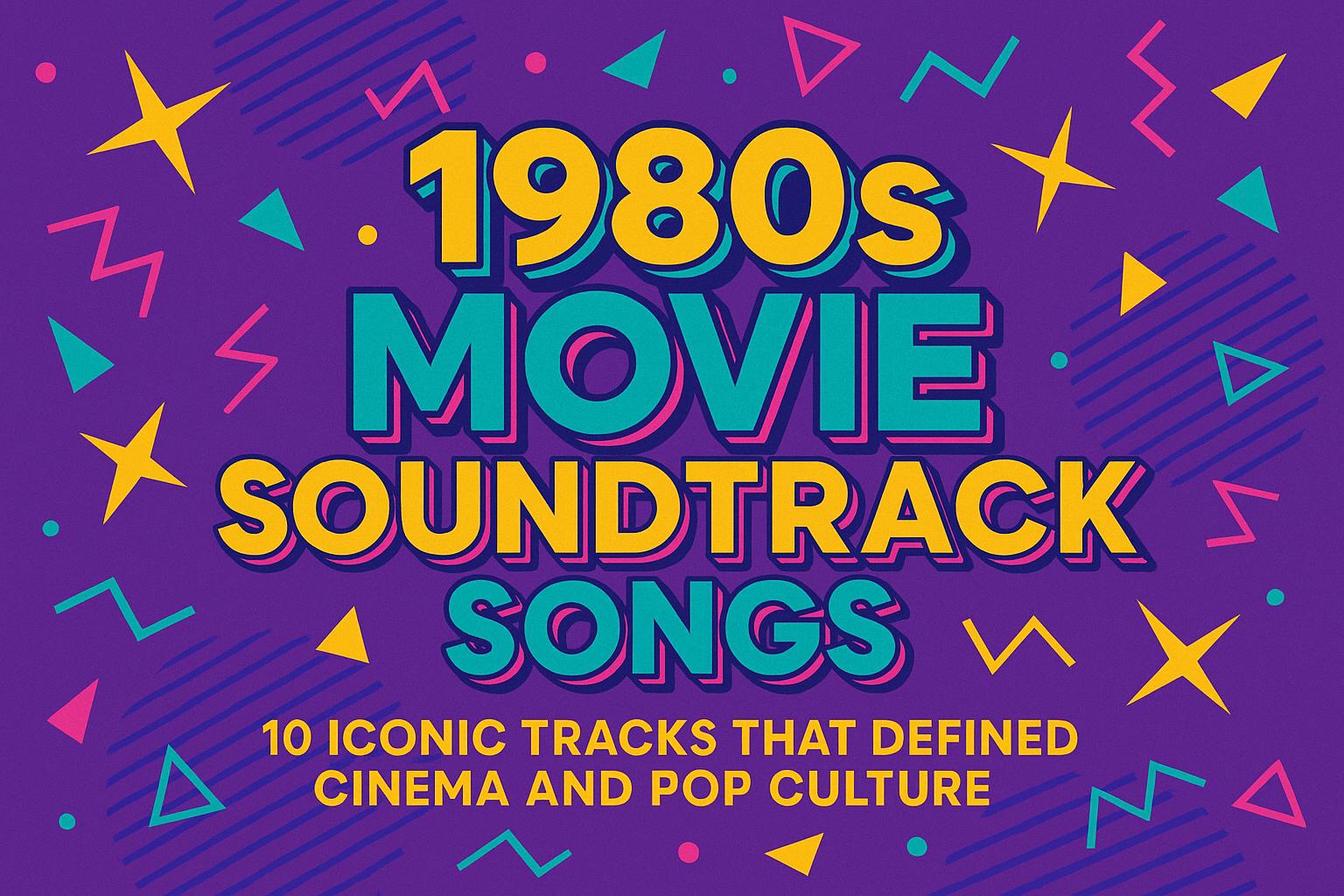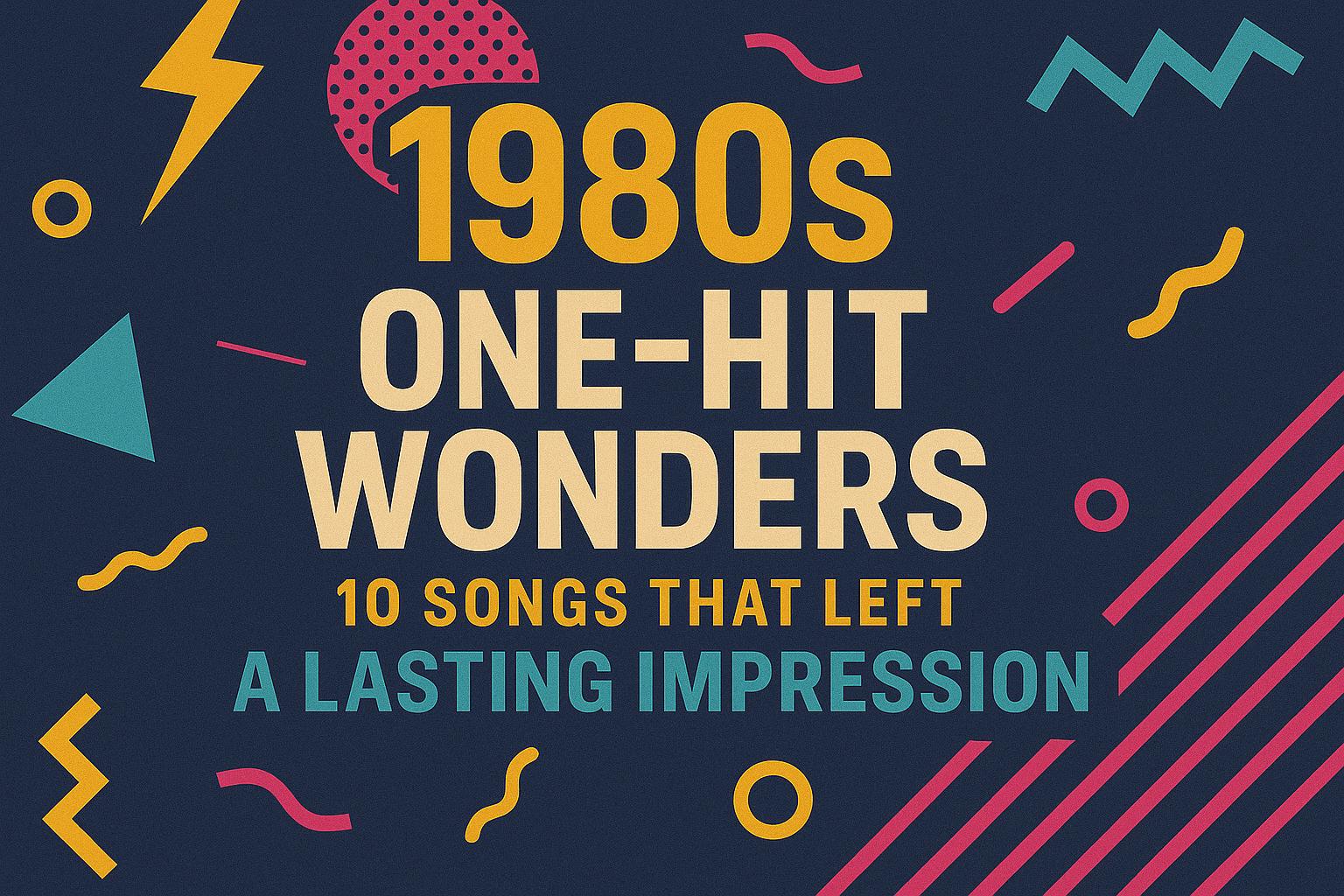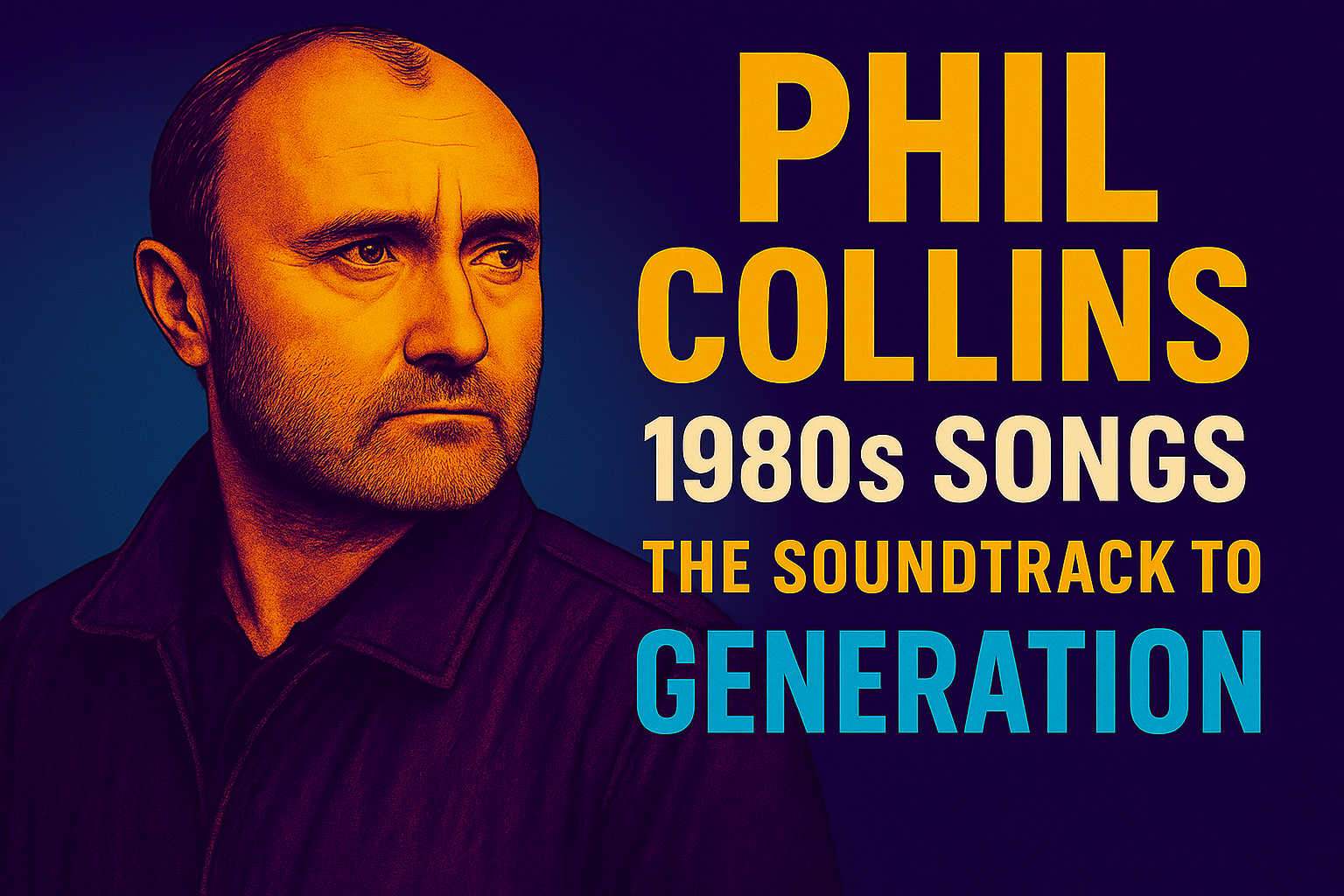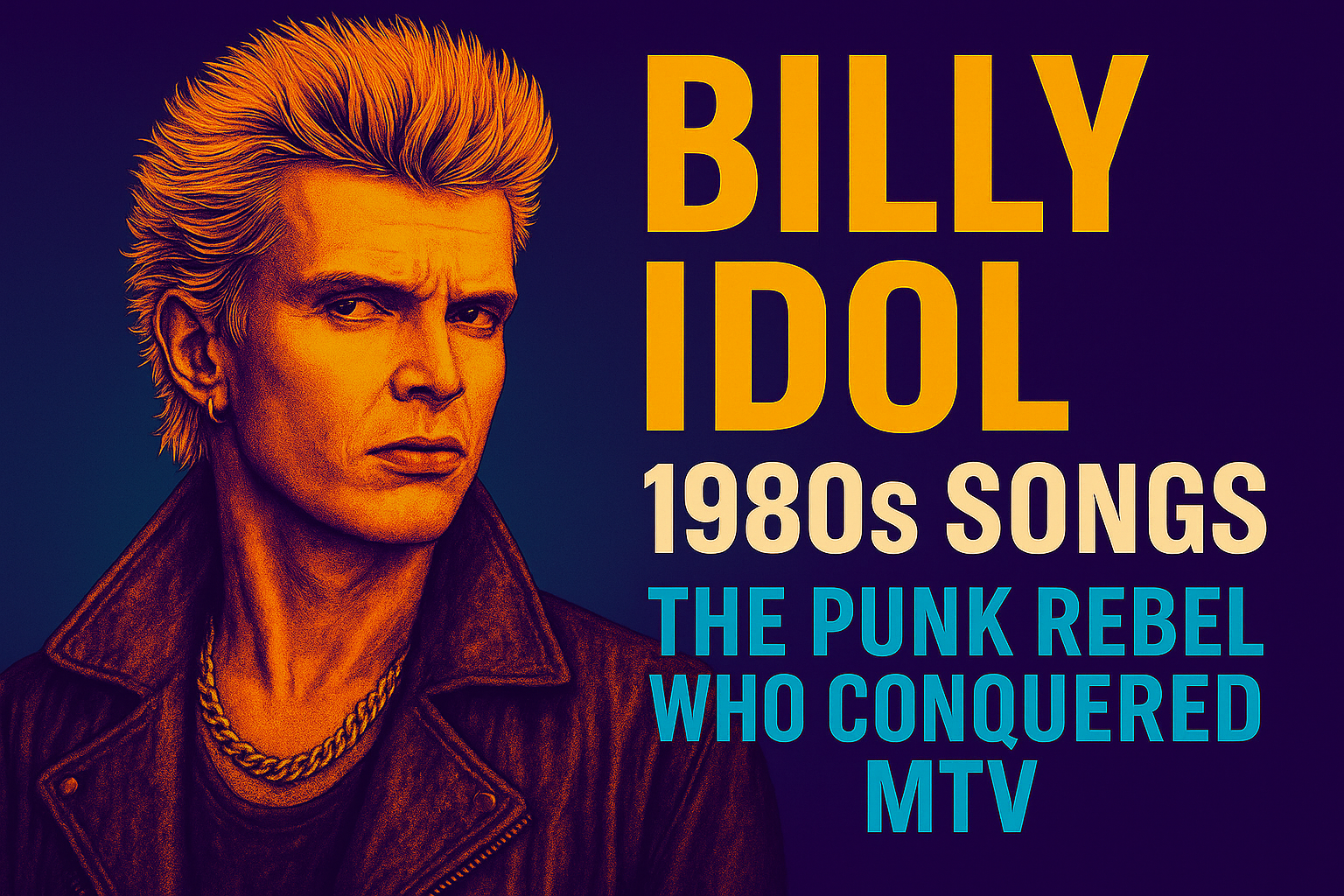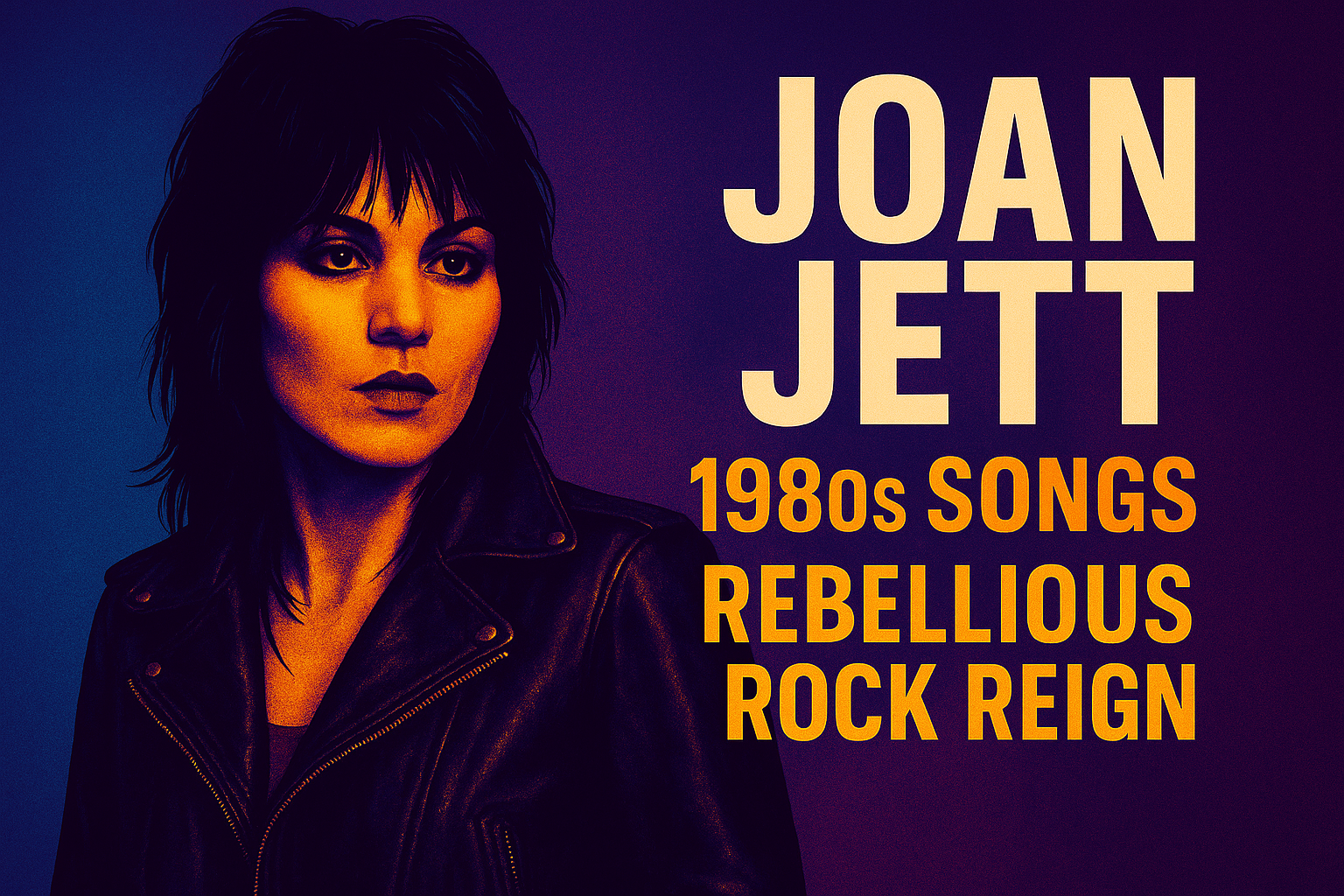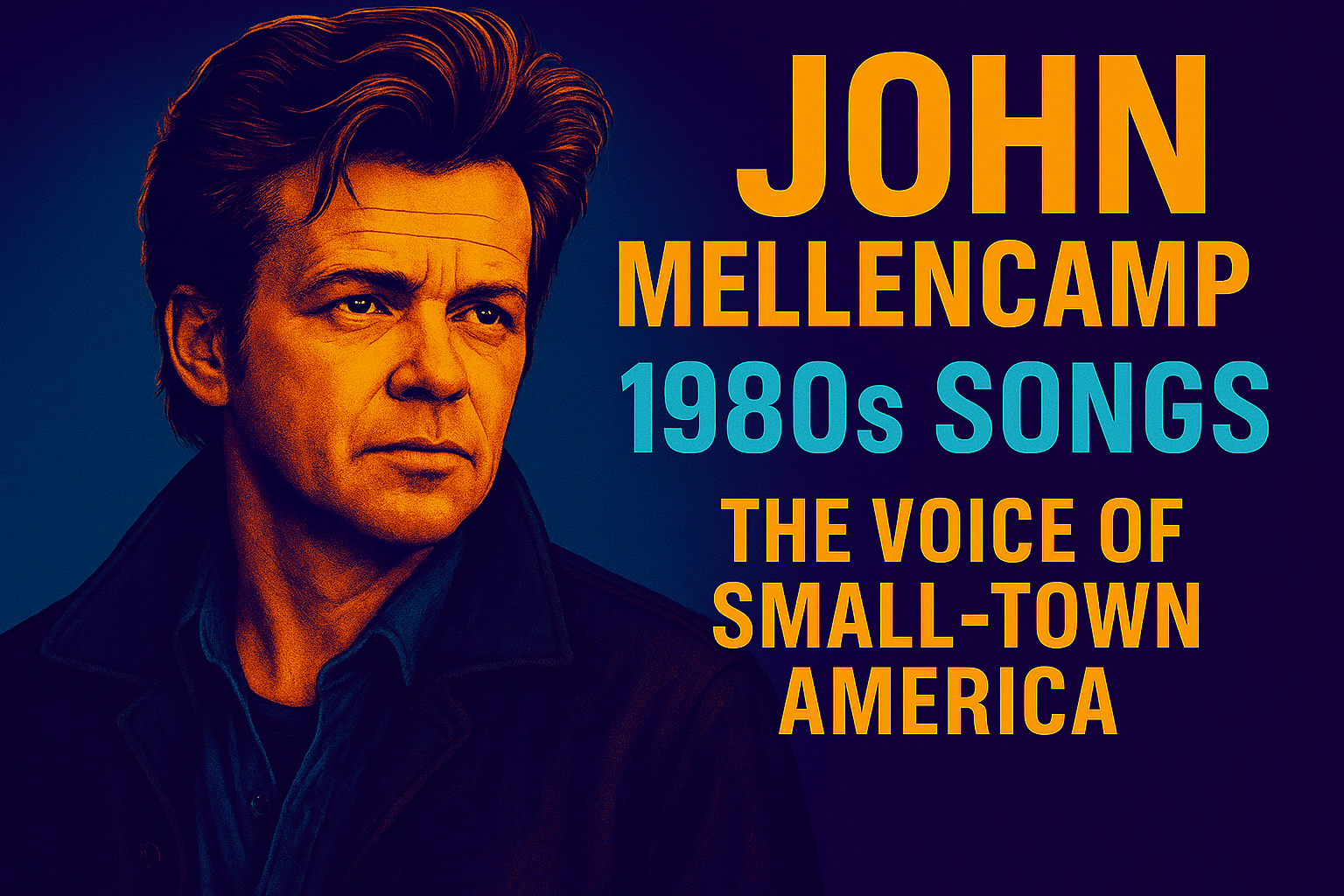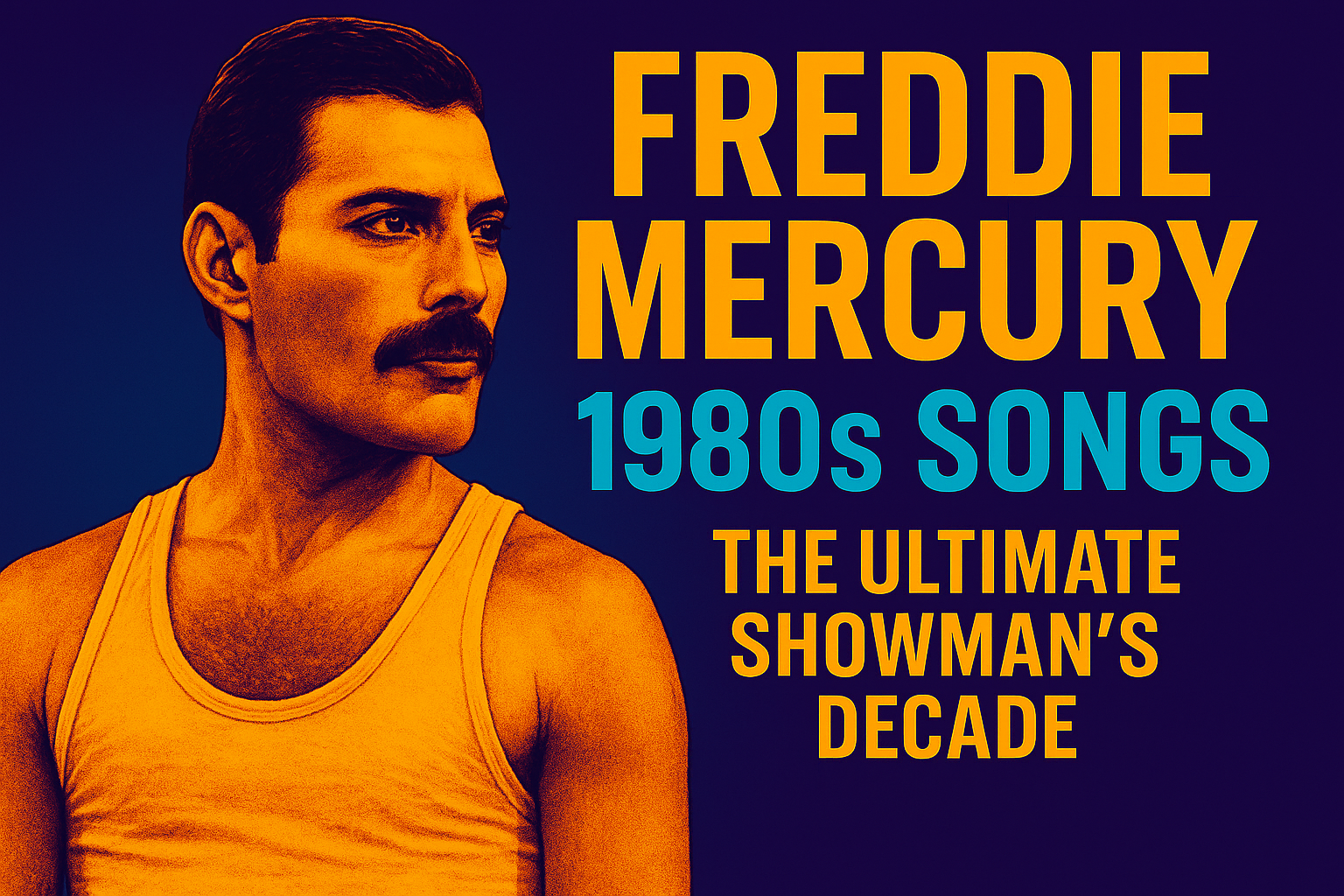Picture this: it’s 1986, you’re cruising down the highway with the windows down, and suddenly “Livin’ on a Prayer” explodes through your speakers. That talk-box intro, Jon’s soaring vocals, and the sheer power of New Jersey rock and roll washing over you like a tidal wave of pure energy. This wasn’t just music – this was a declaration that rock was alive and kicking harder than ever.
If you’re searching for the definitive Bon Jovi 1980s songs that transformed five guys from New Jersey into global rock superstars, you’ve hit the mother lode. These Bon Jovi 1980s songs didn’t just dominate MTV and rock radio – they became the soundtrack to blue-collar dreams and teenage rebellion. From dive bars to sold-out stadiums, Bon Jovi proved that anthemic rock could speak to everyone.
As someone who lived through the hair metal explosion of the ’80s, I can tell you that Bon Jovi stood apart from the pack. While other bands focused on flash and excess, Jon Bon Jovi and company wrote songs about real people facing real struggles – and made it sound absolutely epic in the process.
1. Livin’ on a Prayer – Bon Jovi (1986)
The ultimate blue-collar anthem that made everyone feel like a rock star. “Livin’ on a Prayer” wasn’t just a song – it was a three-and-a-half-minute movie about Tommy and Gina, two kids trying to make it against all odds. That talk-box intro from Richie Sambora was pure genius.
The track’s message of perseverance and hope struck a chord with Reagan-era America. Jon’s passionate vocals and the band’s thunderous energy created something that transcended rock music and became a cultural touchstone.
2. You Give Love a Bad Name – Bon Jovi (1986)
“Shot through the heart, and you’re to blame!” The opening salvo that announced Bon Jovi as stadium rock royalty. This track was pure adrenaline – a perfect marriage of pop sensibility and hard rock attitude that dominated both MTV and rock radio.
The song’s exploration of romantic betrayal over that driving rhythm created an instant sing-along anthem. Richie Sambora’s guitar work was absolutely scorching, while Jon’s vocals conveyed both vulnerability and defiance.
3. Wanted Dead or Alive – Bon Jovi (1986)
The cowboy metaphor that made rock stars sound like outlaws riding the highways of America. “Wanted Dead or Alive” was Jon’s meditation on life as a touring musician, but it resonated with anyone who’d ever felt like a stranger in their own life.
That acoustic intro building into a full-blown rock epic was masterful songwriting. The track proved Bon Jovi could handle both intimate storytelling and arena-sized emotions with equal skill.
4. Runaway – Bon Jovi (1984)
The song that started it all. “Runaway” was Bon Jovi’s breakthrough hit, showcasing Jon’s storytelling ability and the band’s knack for combining accessibility with rock credibility. The tale of a teenage girl escaping her troubles struck the perfect balance between concern and celebration.
The track’s success on local radio led to their record deal and launched one of the most successful rock careers of the decade. It proved that real stories about real people could rock just as hard as fantasy and escapism.
5. I’ll Be There for You – Bon Jovi (1988)
Technically sneaking into the late ’80s, this power ballad showed Bon Jovi’s softer side without sacrificing their rock edge. “I’ll Be There for You” was a promise song – Jon’s commitment to being there through thick and thin, set to music that could fill any stadium.
The track’s emotional honesty and soaring chorus made it a wedding favorite while maintaining enough rock credibility to satisfy their core audience. It proved love songs could be both tender and powerful.
6. Bad Medicine – Bon Jovi (1988)
Pure rock and roll medicine delivered with maximum energy. “Bad Medicine” was Bon Jovi letting loose with a track that was all about the healing power of rock music. The song was infectious in the best possible way – a celebration of music as life force.
Jon’s playful vocals and the band’s tight rhythm section created something that was both serious rock and pure fun. The track proved Bon Jovi could rock without taking themselves too seriously.
7. In and Out of Love – Bon Jovi (1985)
A deeper cut that showcased the band’s range beyond the mega-hits. “In and Out of Love” combined emotional vulnerability with rock power, creating something that felt both personal and universal. The song’s exploration of romantic uncertainty resonated with anyone who’d navigated complicated relationships.
The track demonstrated that Bon Jovi’s songwriting went beyond anthems – they could craft nuanced emotional landscapes while maintaining their signature sound.
8. Silent Night – Bon Jovi (1987)
Not the Christmas carol, but a haunting ballad about loneliness and longing. “Silent Night” showed Bon Jovi’s ability to handle darker emotional territory while maintaining their melodic sensibilities. The song was beautiful and melancholy in equal measure.
The track proved the band could step outside their comfort zone of anthemic rockers and deliver something more introspective without losing their essential identity.
9. Born to Be My Baby – Bon Jovi (1988)
A declaration of destined love delivered with typical Bon Jovi swagger. “Born to Be My Baby” combined romantic certainty with rock and roll energy, creating an anthem for couples who believed in fate and rock music in equal measure.
The song’s celebration of finding your perfect match over a driving rock beat made it both a love song and a party anthem – classic Bon Jovi versatility.
10. Blood on Blood – Bon Jovi (1988)
The ultimate loyalty anthem that elevated friendship to mythic status. “Blood on Blood” was Jon’s ode to unbreakable bonds, whether between band members, friends, or family. The song’s themes of loyalty and brotherhood resonated far beyond rock audiences.
The track’s emotional intensity and anthemic chorus created something that felt both personal and universal – perfect for anyone who’d ever had friends they’d die for.
The New Jersey Sound That Conquered the World
These Bon Jovi 1980s songs represent more than just a successful rock career – they document the transformation of working-class New Jersey experiences into global anthems. Jon Bon Jovi’s genius was taking everyday struggles and dreams and making them sound epic without losing their authenticity.
What made Bon Jovi special in the crowded ’80s rock scene was their ability to balance accessibility with credibility. While hair metal bands focused on fantasy and excess, Bon Jovi wrote about real people dealing with real problems – they just made it sound like the most important thing in the world.
The band’s success proved that rock music could be both commercially massive and emotionally genuine. Their songs didn’t just entertain – they provided soundtracks to people’s lives, hopes, and dreams.
Anthems for the Working Class
These tracks connected with audiences because they reflected real experiences elevated by rock and roll energy. Jon’s lyrics spoke to anyone who’d ever worked a dead-end job, loved someone against the odds, or dreamed of something bigger while staying true to their roots.
The combination of Richie Sambora’s guitar virtuosity, Jon’s charismatic vocals, and the band’s tight rhythm section created a sound that was both sophisticated and immediate. These weren’t just songs – they were experiences that made ordinary people feel extraordinary.
Legacy of the Garden State
Bon Jovi’s influence on rock music extends far beyond their ’80s heyday. They proved that regional authenticity could have global appeal, that working-class stories could fill stadiums, and that rock music could evolve without losing its essential power.
These Bon Jovi 1980s songs continue to inspire new generations of rock fans and musicians. They remind us that great rock music doesn’t need to be complicated – it just needs to be honest, passionate, and loud enough to drown out the noise of everyday life.
From dive bars to arenas, from wedding receptions to stadium concerts, these songs continue to unite people in the shared experience of rock and roll transcendence. They prove that sometimes the best escape from your problems is a song that acknowledges them while making you feel like you can conquer the world.
Which Bon Jovi anthem still gives you chills every single time? Share your favorite Garden State rock moment in the comments below, and if this list brought back some serious ’80s rock nostalgia, pass it along to your fellow rock and roll believers!
